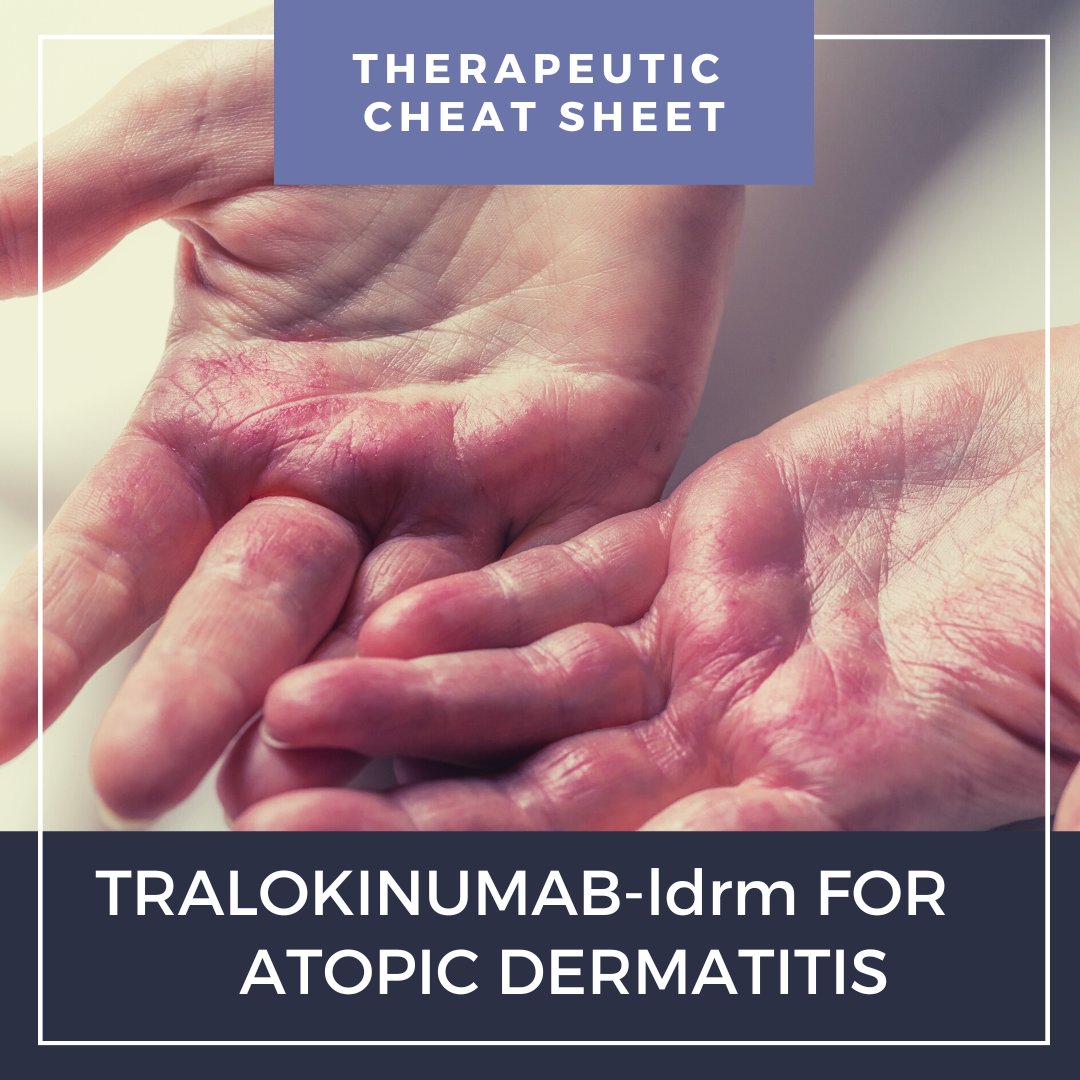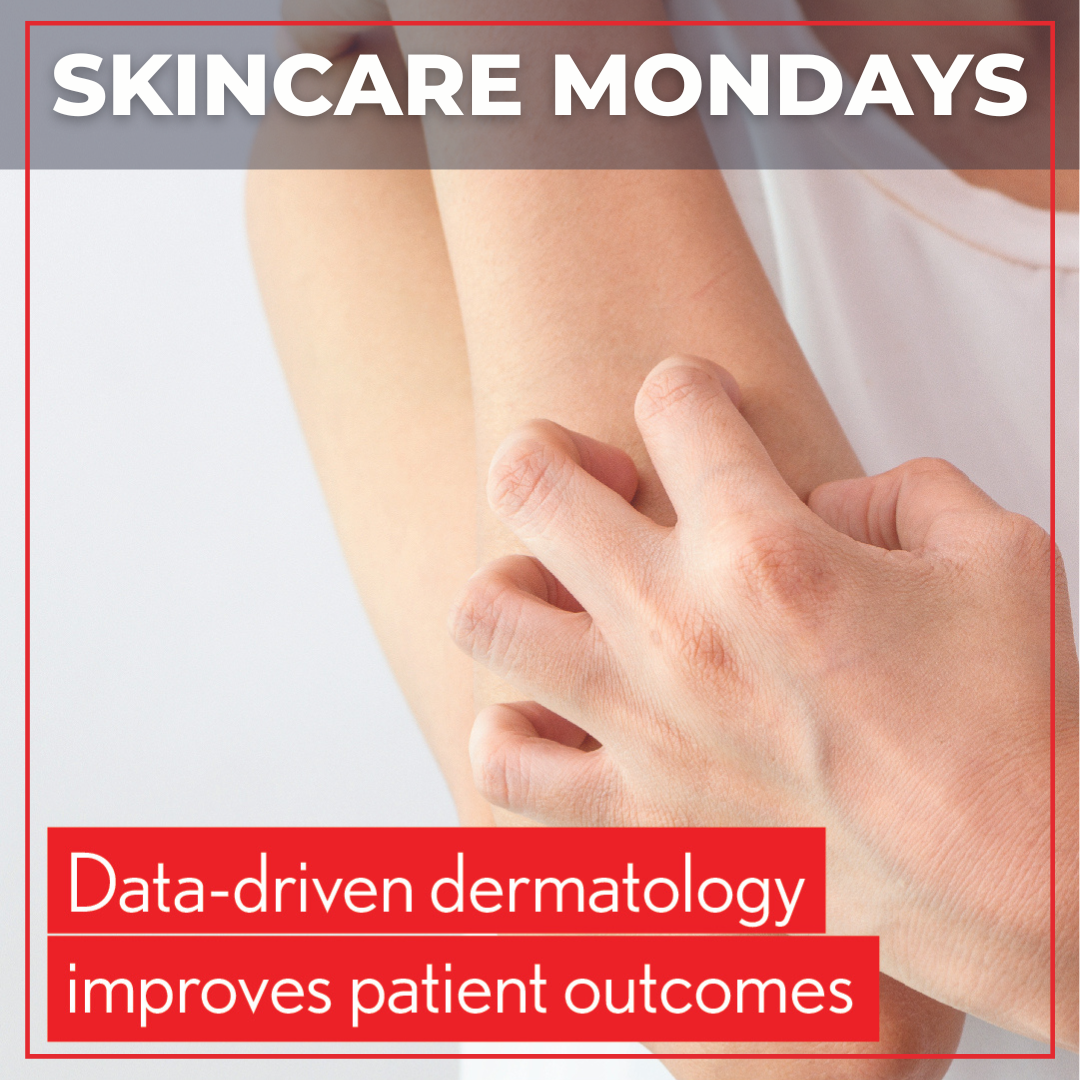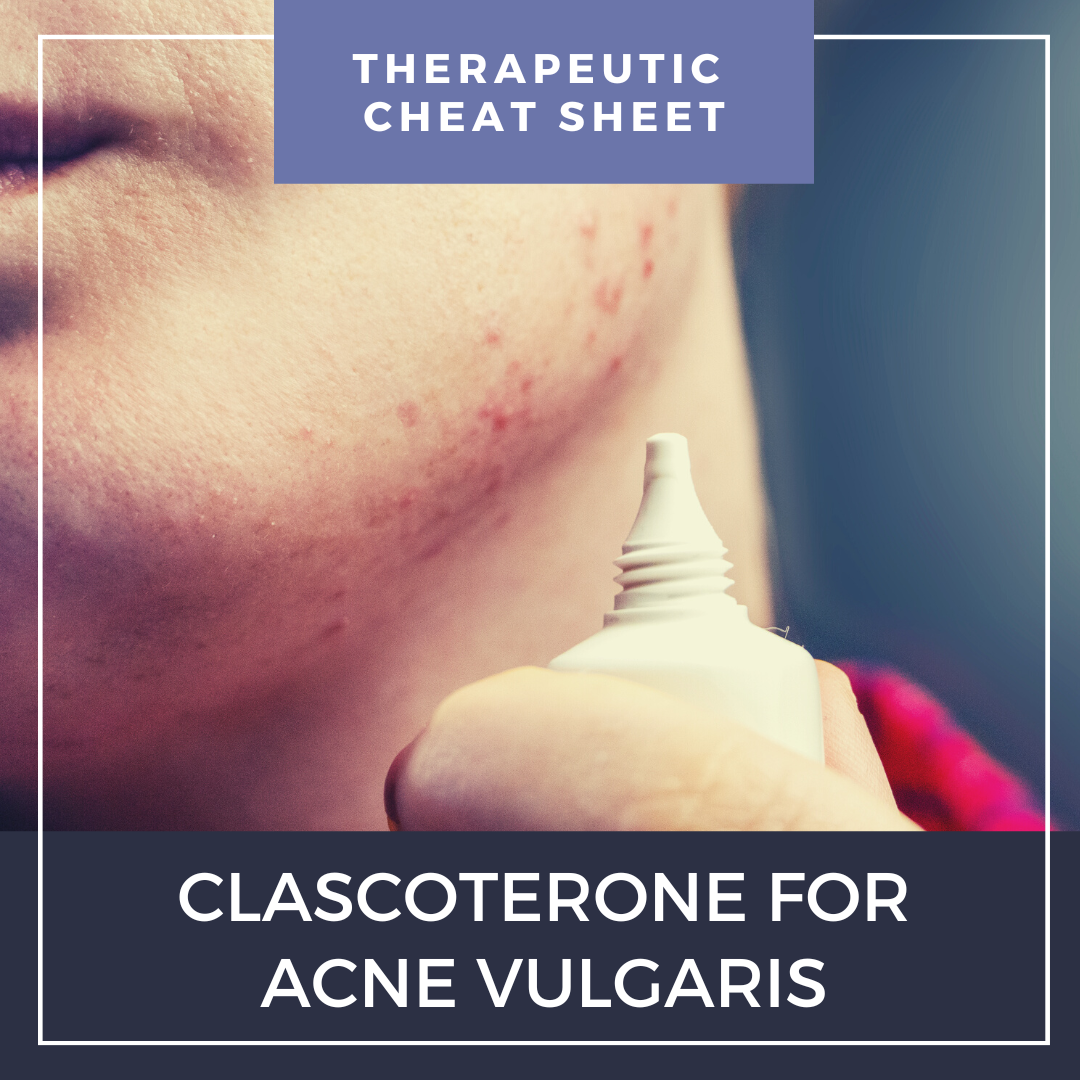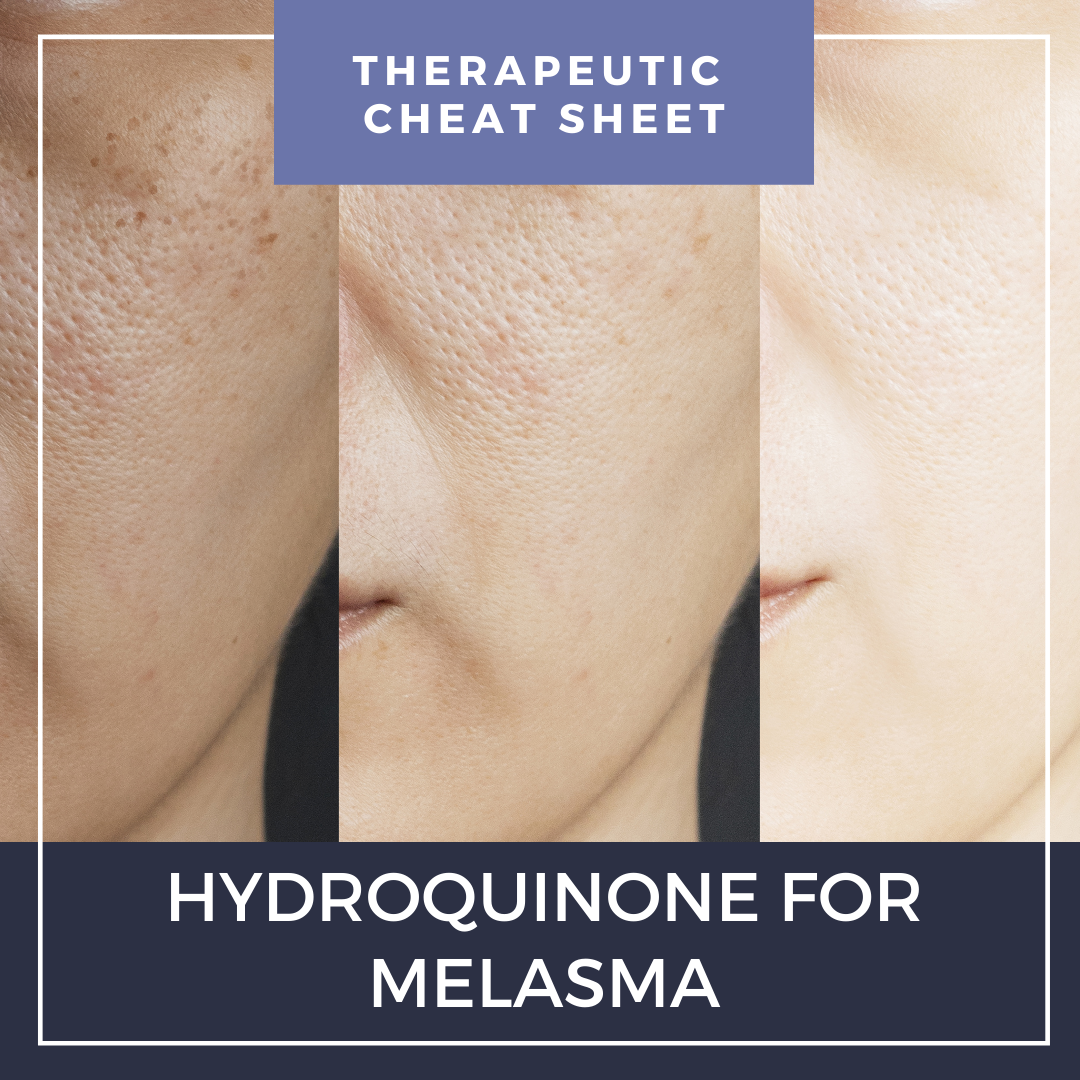Skincare Mondays | Colloidal Oatmeal: Composition, Benefits & Mechanism of Action
 Colloidal oatmeal has a long history of use in the treatment of dermatologic disease. Oat is composed of various phytochemicals which contribute to its wide-ranging function and clinical use in atopic dermatitis and other skin conditions resulting from an impaired skin barrier and inflammation.
OAT COMPOSITION & BENEFITS
The main components of colloidal oatmeal are polysaccharides (including …
Colloidal oatmeal has a long history of use in the treatment of dermatologic disease. Oat is composed of various phytochemicals which contribute to its wide-ranging function and clinical use in atopic dermatitis and other skin conditions resulting from an impaired skin barrier and inflammation.
OAT COMPOSITION & BENEFITS
The main components of colloidal oatmeal are polysaccharides (including …
 Colloidal oatmeal has a long history of use in the treatment of dermatologic disease. Oat is composed of various phytochemicals which contribute to its wide-ranging function and clinical use in atopic dermatitis and other skin conditions resulting from an impaired skin barrier and inflammation.
OAT COMPOSITION & BENEFITS
The main components of colloidal oatmeal are polysaccharides (including …
Colloidal oatmeal has a long history of use in the treatment of dermatologic disease. Oat is composed of various phytochemicals which contribute to its wide-ranging function and clinical use in atopic dermatitis and other skin conditions resulting from an impaired skin barrier and inflammation.
OAT COMPOSITION & BENEFITS
The main components of colloidal oatmeal are polysaccharides (including … Continue reading "Skincare Mondays | Colloidal Oatmeal: Composition, Benefits & Mechanism of Action"


 Atopic dermatitis is a common, chronic, life-altering disease. With its visibility and debilitating pruritus, atopic dermatitis significantly impacts our patients’ quality of life. For those with resistant and extensive disease, we are happy to have numerous new systemic agents at our disposal, one being tralokinumab, an IL-13 antagonist. We continue our series, Therapeutic Cheat Sheet, with a c …
Atopic dermatitis is a common, chronic, life-altering disease. With its visibility and debilitating pruritus, atopic dermatitis significantly impacts our patients’ quality of life. For those with resistant and extensive disease, we are happy to have numerous new systemic agents at our disposal, one being tralokinumab, an IL-13 antagonist. We continue our series, Therapeutic Cheat Sheet, with a c …  Data-Driven Dermatology Improves Patient Outcomes
The use of real-world data and real-world evidence to inform health care decisions is increasing. While randomized controlled trials (RCTs) are still the gold standard for evidence-based medicine, the strict inclusion/exclusion criteria and tightly controlled conditions limit their generalizability to real-world clinical practice. Real worl …
Data-Driven Dermatology Improves Patient Outcomes
The use of real-world data and real-world evidence to inform health care decisions is increasing. While randomized controlled trials (RCTs) are still the gold standard for evidence-based medicine, the strict inclusion/exclusion criteria and tightly controlled conditions limit their generalizability to real-world clinical practice. Real worl …  Clascoterone cream is a novel topical therapeutic agent used to treat acne vulgaris through androgen inhibition. Other androgen inhibitors such as combined oral contraceptive pills and off-label spironolactone can lead to some unwanted side effects such as feminization, gynecomastia, and erectile dysfunction, making them unsuitable for male patients. Unlike other androgen inhibitors used to manage …
Clascoterone cream is a novel topical therapeutic agent used to treat acne vulgaris through androgen inhibition. Other androgen inhibitors such as combined oral contraceptive pills and off-label spironolactone can lead to some unwanted side effects such as feminization, gynecomastia, and erectile dysfunction, making them unsuitable for male patients. Unlike other androgen inhibitors used to manage …  Hydroquinone is the most commonly used depigmentation agent and is a first-line treatment for melasma.1Hydroquinone was available previously in over-the-counter products and is currently available in prescription formulations with common concentration ranges of 0.4 to 5%. Prescription strengths available in the United States include hydroquinone 2% and 4% cream and hydroquinone 2% gel.2,3 In Septe …
Hydroquinone is the most commonly used depigmentation agent and is a first-line treatment for melasma.1Hydroquinone was available previously in over-the-counter products and is currently available in prescription formulations with common concentration ranges of 0.4 to 5%. Prescription strengths available in the United States include hydroquinone 2% and 4% cream and hydroquinone 2% gel.2,3 In Septe …